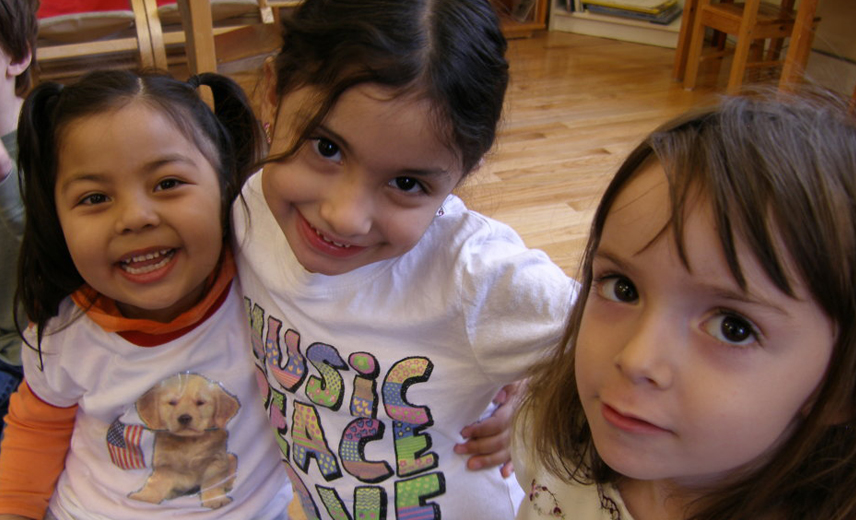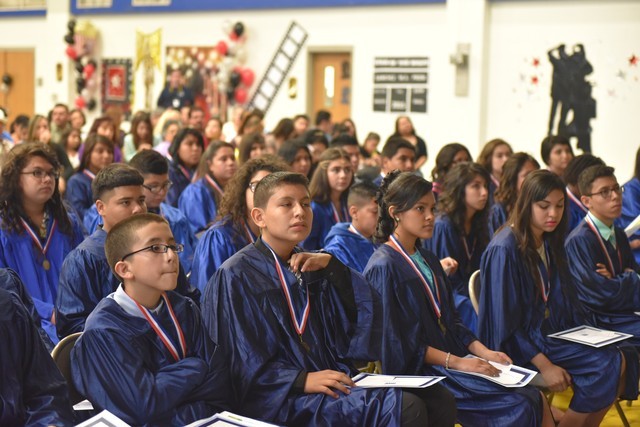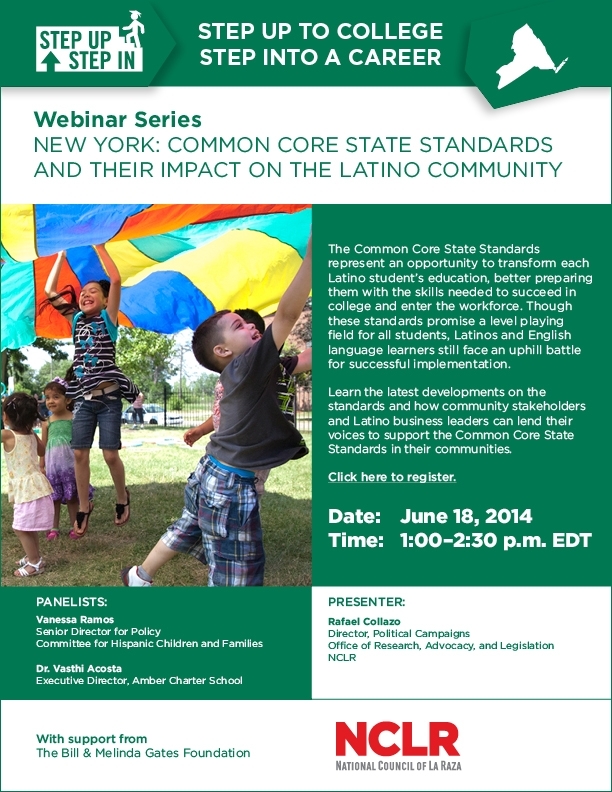Dual Language Learning: Benefits and Practice
This is Part II of a three-part blog series with Peggy McLeod, Deputy VP for Education and Workforce Development with NCLR.
(This was first posted to the Child Care Aware of America blog, Early Directions.)
By Lynette M. Fraga, Ph.D., Executive Director, Child Care Aware® of America
This is Part II of a three-part blog series with Peggy McLeod, Deputy VP for Education and Workforce Development with the National Council of La Raza.
Here Peggy discusses dual language learning and the benefits and implications for Latino children.
Lynette: Let’s set the foundation here: What does dual language learner (DLL) mean?
Peggy: For children ages birth to five, the term dual language learner is preferred as these children are in the process of acquiring their first language and also learning English as a second language. In K-12 education, the terms more commonly include English Learners (ELs) and Limited English Proficient (LEP). Dual language programs are designed to deliver instruction through both languages to language minority and language majority children with the goal of ensuring that all children become bilingual, biliterate, and develop cross-cultural competencies. Dual language programs are also known as two-way immersion or two-way bilingual programs.
“Children who know two languages often have higher levels of cognitive achievement than monolingual children and almost certainly will have a broader array of social and economic opportunities available to them as they become adults.” – U.S. Office of Head Start
Lynette: How do national and state policies on dual language learning affect Latino children in particular?
Peggy: There is a critical need for federal, state and local policies to address the need for linguistically and culturally appropriate curricular and instructional approaches for DLLs. In the last decade, research has emerged that suggests that a rich language environment, support for home language instruction coupled with English language development, expanded access to Pre-K programs, well designed parent engagement programs, and high quality teachers can improve learning opportunities and outcomes for DLL children.
The most fundamental element needed to support positive outcomes for children are high-quality teachers with the knowledge, skills and abilities to address the unique needs of children whose first language is not English.
The Center for Early Care and Education – Dual Language Learners (CECER-DLL) recommends the federal government undertake large scale efforts to increase the supply of bilingual early education and early elementary bilingual/bicultural teachers. An equally important policy objective would be to promote efforts to prepare monolingual teachers and the language specialists who support them to work effectively with DLL children.
The federal government can continue to promote policies to support identification and promotion of evidenced-based practices in dual-language through programs such as Head Start, Early Head Start, Title I, Early Childhood Race-to-the-Top, and the President’s proposed Early Learning Initiative/Preschool for All.
At the state level, the policy efforts have centered on efforts to implement early learning standards and Quality Rating and Improvement Systems (QRIS). Most states have early learning standards for the express purpose of increasing program quality for preschool children and improving teacher professional preparation; yet with a few exceptions, these standards have not specifically addressed the needs of DLL children.
Lynette: How do early learning settings that embrace dual language even at the earliest settings, such as in child care, lead to long term success in school?
The benefits of high-quality dual language programs to children are starting to be better understood. In her review of recent evaluations on DLLs, ECE researcher, Linda Espinosa, reports that “a balanced dual language approach is an effective model for both DLL students and native English speakers”.
Espinosa argues that dual language instructional practices are one of the few instructional approaches that can fully close the achievement gap for DLL students while not showing any adverse effects for non-DLL students.
The CECER-DLL has released 10 briefs on the strategies for young bilinguals and on benefits of bilingual instruction. Among the benefits that they have found are: enhanced ability to control their attention while engaged in nonverbal and linguistics tasks, such as mathematical problem solving and use of vocabulary with meaning; better attention span and better able to focus, remember and make decisions.
Other researchers have pointed to the social emotional benefits for bilingual children such as maintaining strong ties with their entire family, culture, and community – all aspects of a child’s developing identity. Children who read in their home language have a stronger foundation from which to build as they learn a second language.
Read Part I of our Q&A with the National Council of La Raza
Stay tuned for Part III, Stories of Success.




